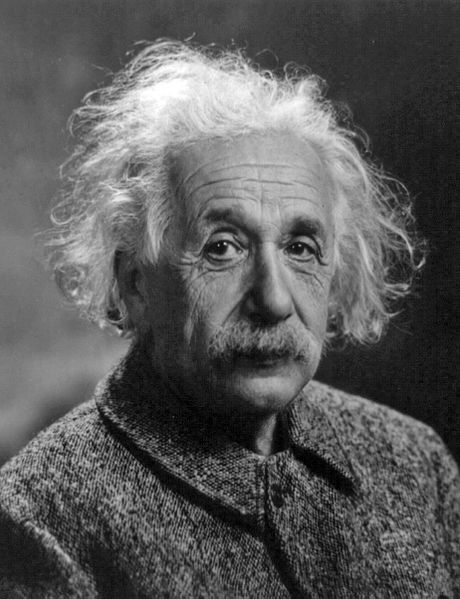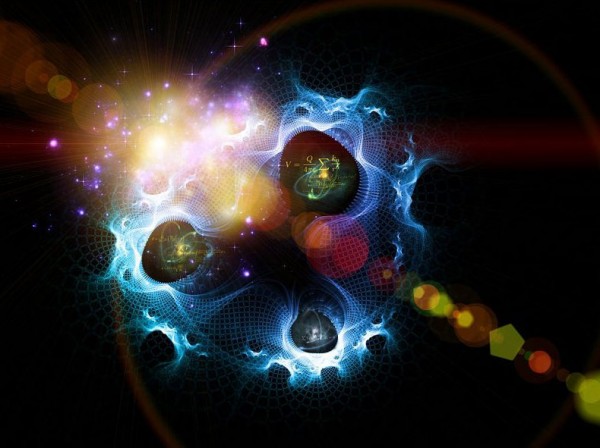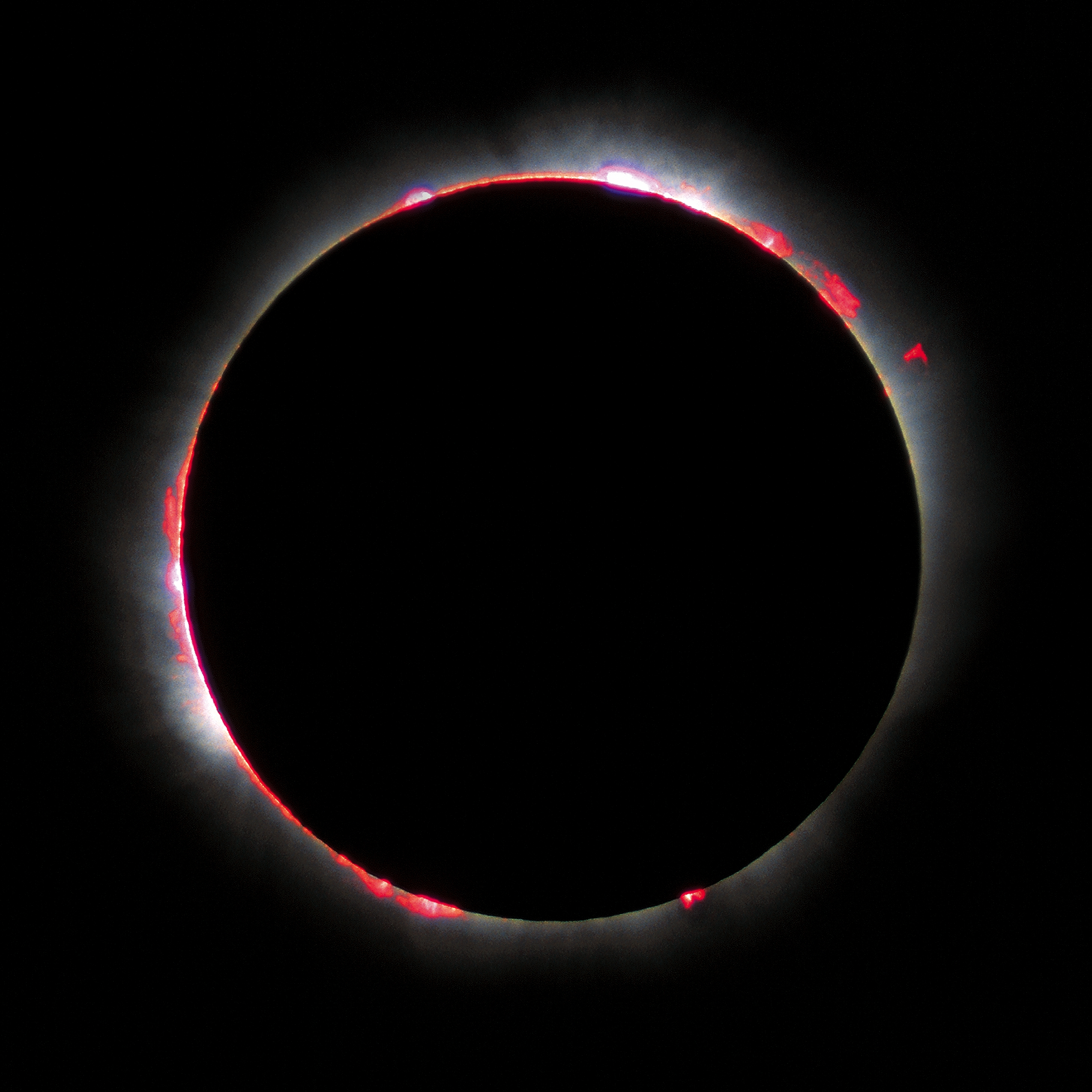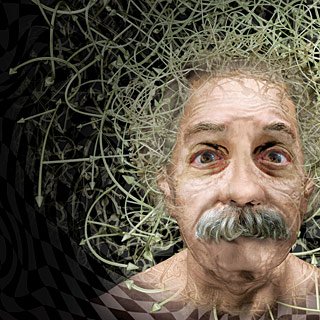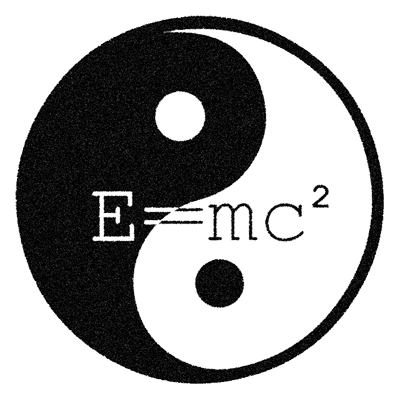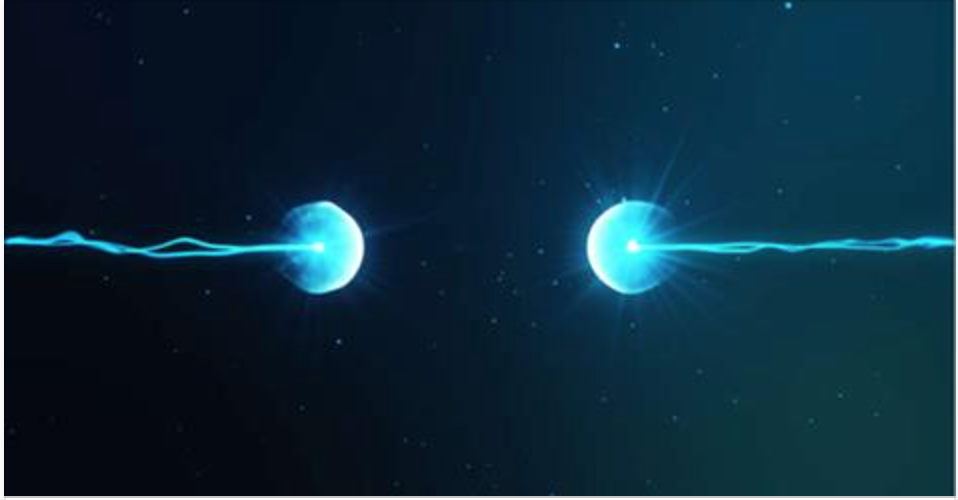
If science was a soap opera, the theoretical Angle Particle would make the perfect mysterious ‘is he good or bad?’ character because it could play both matter and antimatter. Well, get your scripts ready and hire a casting agent because the Angel Particle is real and ready for its close-ups. Scientists in California (where else?) have successfully created a particle that is both matter and antimatter … and all without annihilating the universe. Will this be the science show that finally knocks “The Big Bang Theory” out of its number one spot? Like any good mystery drama, this one needs some exposition. One aspect of the real big bang theory is that the universe was made of equal amounts of matter and antimatter. In […] Read More
